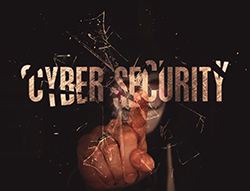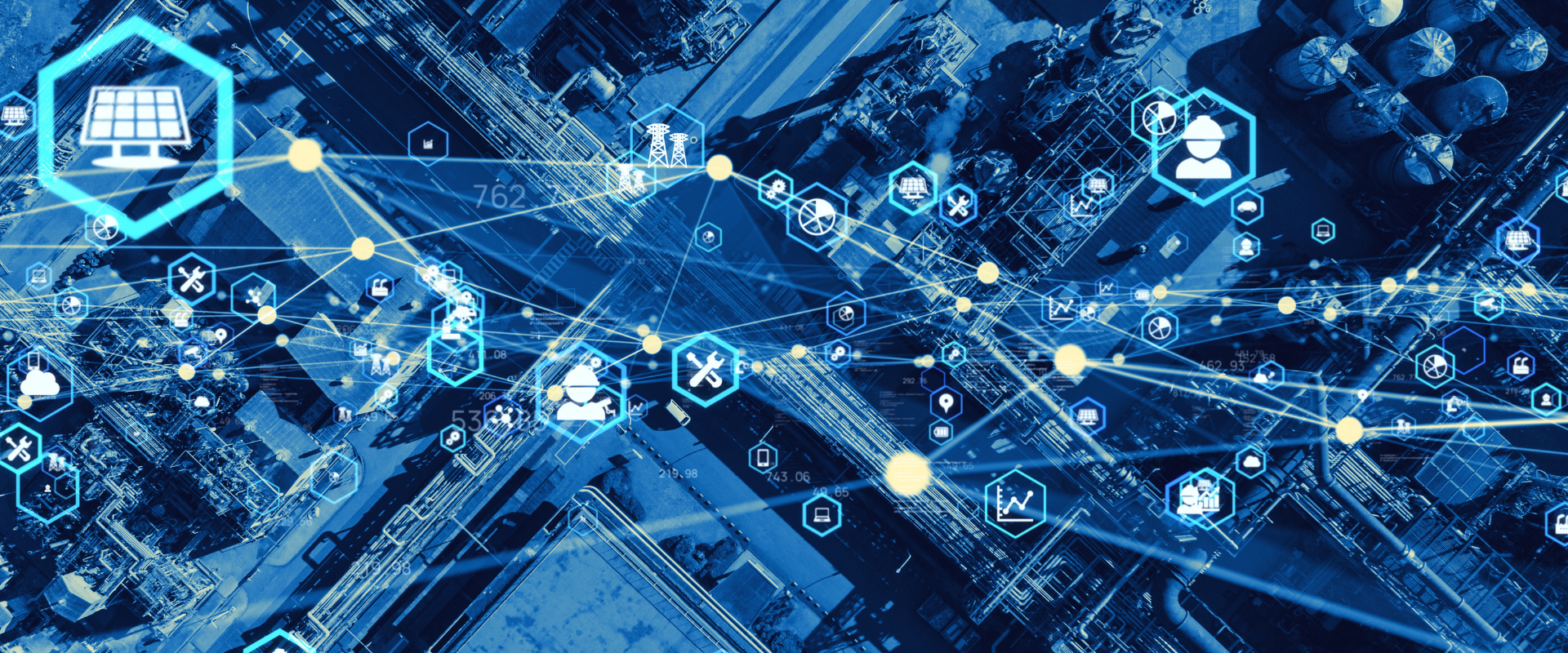
The Importance of Cybersecurity in the Age of Remote Work
By, Webmaster
- 2 Apr, 2025
- 2.9k Views
As remote work continues to be a significant part of the business landscape, cybersecurity challenges have escalated. The shift to remote work has opened new vulnerabilities in business networks, as employees access systems from various locations, often using personal devices or unsecured networks.
This blog will explore why cybersecurity is more critical than ever in the age of remote work, the risks associated with it, and how businesses can secure their operations in this new era.
Why Remote Work Increases Cybersecurity Risks
Unsecured Devices and Networks: Employees working from home often use personal devices or unsecured Wi-Fi networks to access company systems, increasing the risk of data breaches and cyberattacks. Personal devices may not have the necessary security measures, leaving them vulnerable to malware and phishing attacks.
Lack of Visibility and Control: Organizations no longer have full visibility and control over the devices that access their network. This makes it difficult to monitor employee activity and detect suspicious behavior in real-time.
Phishing and Social Engineering Attacks: The rise in remote communication tools has led to an increase in phishing and social engineering attacks. Cybercriminals exploit employees’ reliance on email and messaging apps, tricking them into divulging sensitive information or clicking on malicious links.
How to Protect Your Organization in the Remote Work Era
Implement Strong Access Controls: Ensure employees use strong passwords and implement multi-factor authentication (MFA) to secure their accounts. Limit access to sensitive information based on the principle of least privilege, ensuring employees only access the data they need for their roles.
Secure Endpoints: Since employees are using various devices to access company systems, it’s essential to secure these endpoints. Invest in antivirus software, encryption tools, and endpoint monitoring to detect and prevent potential breaches.
Educate Employees: Regularly train employees on the latest cybersecurity best practices, such as recognizing phishing emails, avoiding suspicious links, and using secure communication channels. Awareness is key to preventing attacks caused by human error.
Use Virtual Private Networks (VPNs): Require employees to use VPNs when accessing the company network remotely. A VPN encrypts internet traffic, protecting data from being intercepted over unsecured networks.
Regular Security Audits and Updates: Conduct regular audits of your security policies and update software, including firewalls and antivirus programs, to keep systems up to date with the latest security patches.
Conclusion
As remote work becomes the norm, organizations must adapt their cybersecurity strategies to protect their digital assets. By securing endpoints, educating employees, and implementing strong access controls, businesses can safeguard against cyberattacks and maintain their operations securely in the remote work environment.
By strengthening cybersecurity practices and fostering a culture of awareness, organizations can continue to thrive in a secure digital landscape while minimizing the risks posed by the remote work revolution.
For more information on how to secure your remote work setup, contact us today!
Recent Posts
- IoT Security Risks: How Connected Devices Are Expanding the Cyberattack Surface
- Data Breaches: Understanding the Real Cost of a Cyberattack
- Deepfake Fraud: The New Frontier of Cybercrime
- Cloud Security Challenges: How to Protect Your Data in a Borderless Digital World
- AI in Cybersecurity: How Artificial Intelligence is Changing the Fight Against Cyber Threats
Category
- Cyber Security (86)
- Vulnerability Assessment (70)







